What were the voices of ancient animals like?
07.03.2024 12:10
3263 views

What does a cow sound like? Who said meow? How to distinguish the voice of a sparrow from a crow? From an early age, we are not only interested in seeing what animals look like but also in hearing what they sound like! Chirping, cawing, barking, growling, purring, roaring - the animal world surrounding us is full of sounds. It's hard to imagine that the world of the past was quiet and silent. Surely, it was filled with amazing sounds, some of which might have been similar to those we know today, while others sounded incredibly unique. There remains only one question that scientists have been pondering for many years - how can we know the sounds that animals made?
It's easiest with animals that lived recently. Looking at mammoths, woolly rhinoceroses, or megaloceroses, we can assume that their voices were very similar to those of modern animals. Of course, considering the size and nature of ancient animals, we might be somewhat mistaken, perhaps underestimating the power and depth of a trumpeting mammoth, but overall, we wouldn't be far from the truth. Indeed, no one would suppose that a mammoth chirped like a sparrow or that a deer was as silent as a fish. However, the further back we go into the past and the more ancient animals differ from modern ones, the more mysterious and uncertain their sounds become. How did pterosaurs cry out? Dinosaurs? Ichthyostega?! We often have no answers to such questions, leaving us only to imagine. Thus, when the creators of the famous movie “Jurassic Park” recreated the voices of ancient lizards, they used sounds of modern animals, altering and sometimes mixing them. Throughout the movie, the velociraptor made sounds of mating turtles, a hissing goose, and a heavily breathing horse; a donkey voiced the brachiosaurus, and a baby elephant and a Jack Russell terrier breed dog voiced the tyrannosaurus. The dinosaurs on the screen looked very realistic and scary, leading people around the world to remember the movie's sound effects as the “real sound of dinosaurs”. But can science offer an alternative, more realistic sounds? In reality, it can, although not in all cases!
To understand how the sound of an animal can be recreated, we first need to figure out how animals produce such a variety of sounds. Despite the great diversity of living creatures, the mechanisms for generating sounds or vocalizations, as they are sometimes called, are very similar for most of them. For frogs, turtles, geckos, and mammals, the primary mechanism involves the vocal cords. These are muscle folds located in the larynx, or simply put, in the throat. When they tense up and especially when they start to vibrate, the air passing through them begins to oscillate, creating a sound wave. We've seen similar transformations occur in different instruments. For example, when air passes through a narrow slit, it turns into a squeaking sound. This is how whistles work. You can even make the simplest whistle by folding a piece of paper several times. And musical instruments like guitars show how sound is born from the vibration of a thin string. However, vocal cords are not the only mechanism for creating sounds in nature. For example, birds use a special organ - the syrinx. It forms below the larynx, at the point where the trachea divides into the bronchi, right inside the bird's body. The vibration and compression of the syrinx allow birds to produce a wide variety of sounds. Additionally, the formation of sounds involves the tongue, and in mammals, also the lips. Some animals manage without specialized "sound generators". For example, crocodiles hiss, bubble, and even hum simply by vibrating their larynx. Similarly, giraffes make sounds even though they, surprisingly, do not have vocal cords. Some animals exchange clicks - for example, fish and many lizards. Finally, special structures can increase the volume of animals' "musical instruments", acting as resonators that greatly amplify sounds. For this purpose, some frogs inflate their vocal sacs, and in saiga antelopes, a long snout helps to amplify sounds.
What conclusion can we draw based on our knowledge of animal vocalization? For accurate reproduction of sounds, we need to know the structure of all soft tissues - ligaments, syrinx, tongue, etc. And even better, observe the animal because even using the same natural speech apparatus, it's possible to produce vastly different sounds. An example of this is humans, with the vast diversity of languages, songs, and sounds people can generate. Obviously, scientists know nothing even close about the soft tissues of ancient animals, and without a time machine, it won't be possible to learn the exact sounds of fossil animals. By the way, according to modern physics, building a time machine is not feasible.
Does this mean all is lost? Are there no chances of hearing the real roar of a tyrannosaurus, leaving us to listen to a mix of a terrier with a baby elephant? Yes and no. The truth may never be attained. Just as we can never land on the Sun with a thermometer to directly measure its temperature. But this doesn't mean we have no chance of getting closer to the knowledge. And, to this day, we have some data on the vocalization of ancient animals.
Perhaps one of the first was the voice of the parasaurolophus, recreated in the late 1990s. Of course, paleontologists have neither the syrinx, tongue, nor ligaments from this crested dinosaur. But they do have its skull with the crest. And a whole network of tubes and cavities was found inside the crest. Initially, it was suggested that all these tubes were related to the respiratory system and helped the dinosaur breathe underwater, like a snorkel for divers. However, it was later proven that there were no nostrils at the end of the tube, making it useless for breathing. Instead, it could function as a resonating chamber, amplifying sounds. This allowed paleontologist Tom Williamson and programmer Carl Diegert to attempt to recreate various sounds that parasaurolophus could produce using ligaments with the help of a computer. The computer-generated voice of the parasaurolophus became one of the first scientifically recreated sounds. Since it was not possible to determine whether parasaurolophs had vocal cords, their trumpeting voice was synthesized in two versions.
In 2011, Dutch scientists took on the ancestor of humans - the Australopithecus ape. The hyoid bones helped in the attempt to recreate its sounds. These bones are present in all terrestrial animals. They are not attached to other bones but connect to the larynx. They affect the shape of the ligaments and the attachment of the tongue. By studying the structure of the hyoid bone of australopithecines, it was established that it was more similar to the bones of their ape ancestors, not humans. This allowed the recreation of the "speech apparatus" of Australopithecus in the form of tubes. It turned out that the sounds it made were far from human speech. The most complex sound resembled the word "Doo-oo-oo".
In 2016, paleontologists were able to recreate the voice of an ancient bird from the Cretaceous period for the first time. The bird was found in Antarctica, but it lived in times when the southern continent was green and blooming. The bird was named Vegavis. It resembled a modern duck and was likely a distant relative of modern ducks. But the most amazing thing - Vegavis's syrinx was preserved, allowing a comparison with modern birds and an attempt to recreate its voice. It turned out that the syrinx was duck-like, so its quacking might have echoed over the Mesozoic lakes.
A year later, an attempt was made to scientifically recreate the voice of the most famous dinosaur in history - the tyrannosaurus. For this, researchers approached the problem of vocalization from the opposite side - from the perspective of hearing. After all, if an animal makes certain sounds, other members of the same species must be able to perceive these sounds. If an animal squeaks with a thin voice, and others can't hear it, then such sounds would be utterly useless. Therefore, they turned to the structure of the inner ear of the tyrannosaurus, which can be reconstructed from the structure of cavities inside the skull. It turned out that tyrannosaurs heard very low sounds best. Such sounds could be heard over great distances, which is extremely important for solitary large animals like the "kings of dinosaurs". In an attempt to recreate such a sound, American paleontologist Julia Clarke mixed sounds of a large cassowary, a bull's roar, and a Chinese alligator. The result was a terrifying combination that even caused vibrations in the ground.
In 2023, two more ancient animals "regained" their voices. This time, the reason was the discovery of hyoid bones. We've already pointed out the important role of these bones in the attempt to recreate ancient voices. For the first time, such bones were found in a dinosaur. Specifically - in a Pinacosaurus, an armored dinosaur from Mongolia. And to the scientists' surprise, these bones resembled the hyoid bones of birds! This means that armored dinosaurs could possibly coo, gobble, or even... chirp! One thing is certain, their sounds were diverse. And previously, large resonating chambers had been described in the heads of ankylosaurids. This means they not only made diverse sounds but these sounds were also loud.
The second animal whose hyoid bones revealed its sounds were the saber-toothed tigers. Their hyoid bones were compared with the bones of roaring cats, such as tigers, and purring felines, such as servals. It turned out that saber-toothed cats' bones combined features of both small and large cats. They could likely purr and roar, and perhaps even make sounds unknown today. Most likely, these sounds were stronger and deeper than those of modern lions and tigers.
Currently, scientists are just beginning to explore the amazing vocal world of ancient animals. In 3D Dinopedia, we've tried to recreate the sounds of all animals present in the application. As you understand, these sounds are not accurate, as no one in the world knows the real sounds of ancient animals. But all sounds were recreated based on the scientific data available at the moment, or, in their absence, based on the sounds of the closest modern relatives of the animals that have survived to our time. What we've achieved - you can evaluate in the application!
Discussions
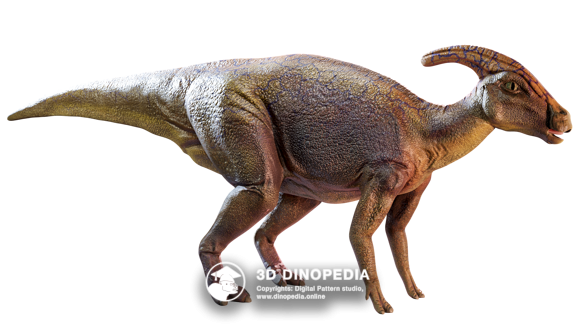

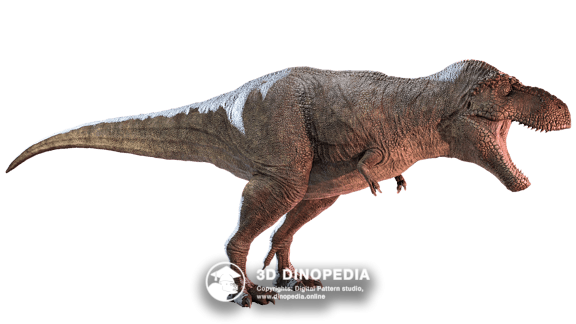
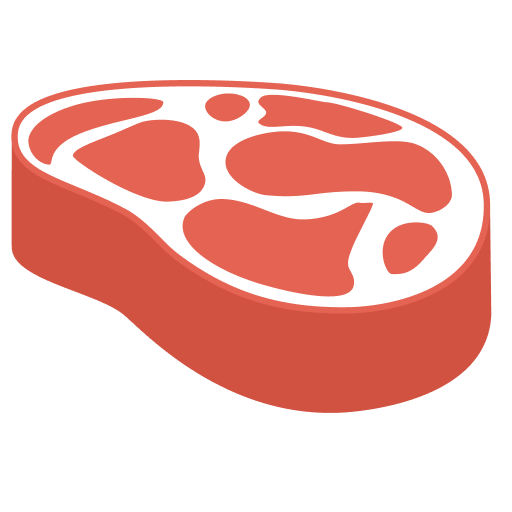


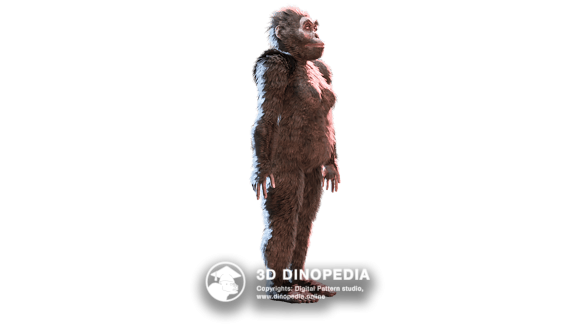

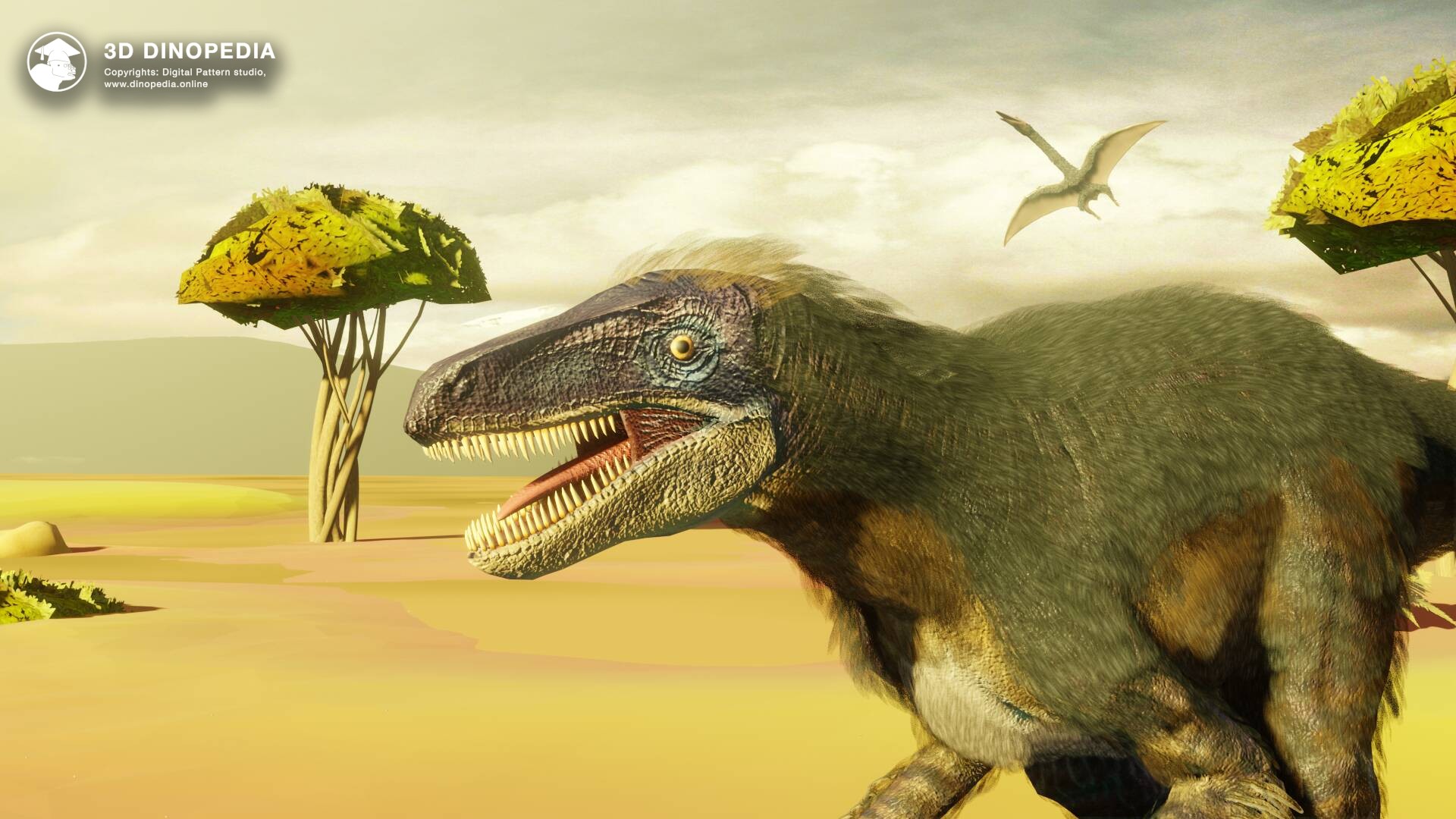
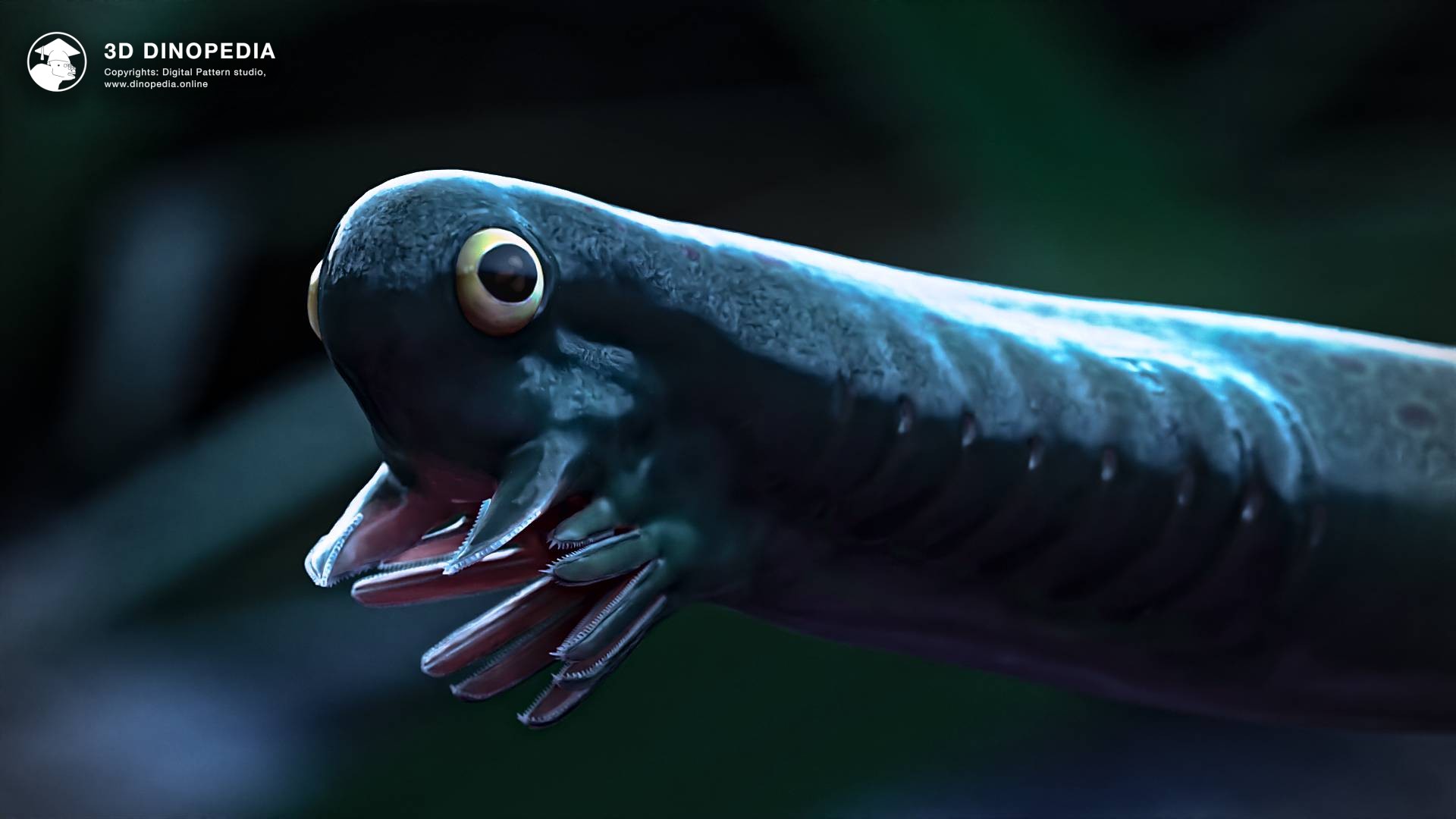


{{ count }} comments
You must login to write a comment